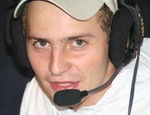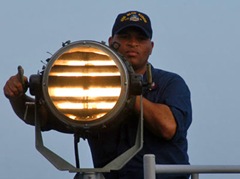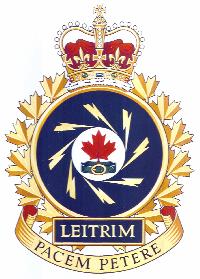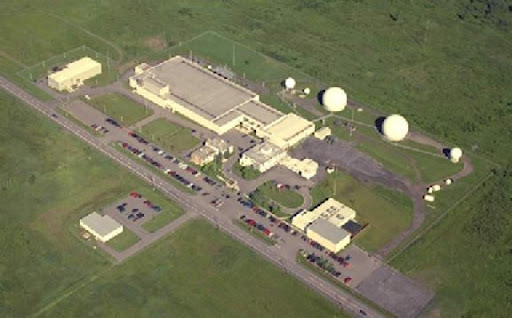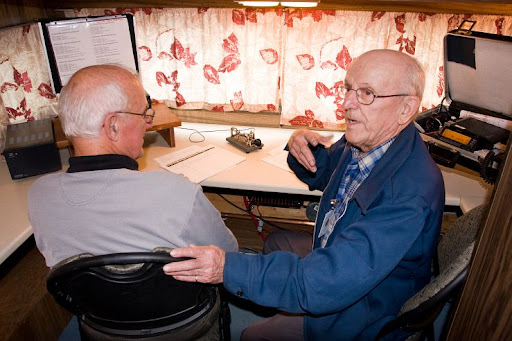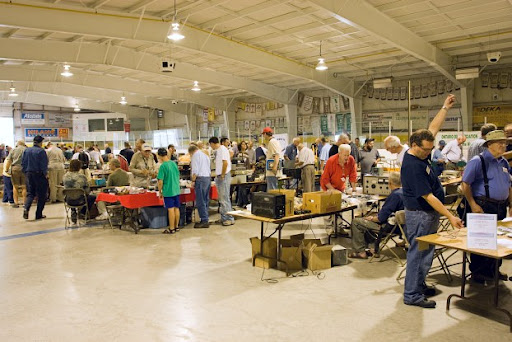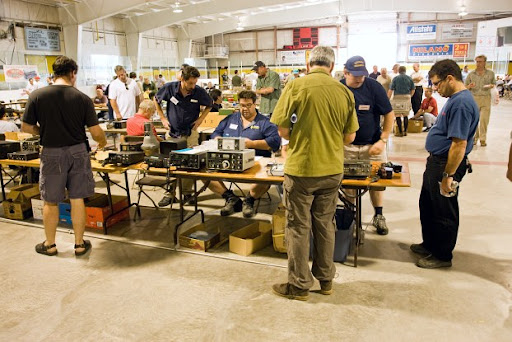Glenn Russell Ruby Jr, W7AU, of Corvallis, Oregon, broke his leg while hiking in the Buck Creek Pass area of the Cascade Mountains. His call for assistance was heard 600 miles away by Bob Williams, N7ODM, of Bozeman, Montana.
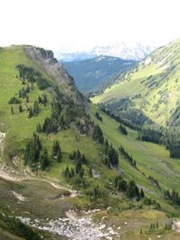 On Sunday, September 21, Bob Williams, N7ODM, of Bozeman, Montana, was just tuning around on 40 meters, giving his rig a test just before a scheduled QSO with his brother Rich, K7URU, in Spokane, when he heard a faint CW signal around 1 PM (MDT): Glenn Russell Ruby Jr, W7AU, of Corvallis, Oregon had broken his leg and was using a portable radio and Morse code to send out a call for help. Williams said he was able to understand the injured man's code even when his signal became very weak.
On Sunday, September 21, Bob Williams, N7ODM, of Bozeman, Montana, was just tuning around on 40 meters, giving his rig a test just before a scheduled QSO with his brother Rich, K7URU, in Spokane, when he heard a faint CW signal around 1 PM (MDT): Glenn Russell Ruby Jr, W7AU, of Corvallis, Oregon had broken his leg and was using a portable radio and Morse code to send out a call for help. Williams said he was able to understand the injured man's code even when his signal became very weak.
"He called me. He must have heard me testing out the radio. When I finished, I signed off with my call, and then I heard, 'N7ODM, this is W7AU/7,' so I answered," Williams told the ARRL. "I told him to go ahead, I had solid copy. He told me that he was a hiker that had fallen and broken his leg. He identified himself as Russ, provided information as to his GPS coordinates, the shelter, food and water on hand, as well as his detailed physical condition. He told me exactly who I needed to contact for assistance."
According to Williams, Ruby had slipped on a wet rock and broken his leg while out hiking in the Buck Creek Pass area of the high Cascades in Western Washington, 600 miles away from Williams. "Russ really had his act together," Williams said. "Before he even called for help, he set up his tent. It was raining when he fell, so he climbed into his tent and got into some warm clothes and had a snack of sunflower seeds and dried apricots. After that, he strung up a wire antenna, fired up his Elecraft K1 and called me." Williams said that Ruby told him he had a "couple of weeks worth of battery power" for the radio.
Ruby asked Williams to notify the Snohomish County Search and Rescue in Washington State. "I didn't have their number, so I called my local 911 dispatcher. All they had was the info for King County in Washington, so I called them and they gave me the number for Snohomish. When I got a hold of Snohomish County Search and Rescue, they asked me to obtain additional info from Russ, such as the color of his tent and if he was in a clear or wooded area, and remain in contact with him as long as possible," Williams said.
"Russ and I were able to maintain contact until about 8 PM on Sunday, during which time I was able to pass additional traffic between Russ and Search and Rescue, but then his signal got so weak where I couldn't copy it anymore. Before he faded, we had agreed to try and make contact in the morning. I tried, starting around 6:30, but he never heard me. I finally heard him calling me around 9 on 7.051 MHz. We kept in contact until he was evacuated from the site by Search and Rescue at about 10:35 AM," Williams told the ARRL.
On Sunday, rescue crews reached Ruby, who had set up camp on Buck Creek Pass, at about 6000 feet just west of the Chelan County line. He was taken to safety Monday on horseback. Williams said that bad weather Sunday prevented a helicopter rescue: "It was snowing all night; Russ told me that when he woke up Monday morning, his tent was all covered in snow."
"I just happened to be at the same frequency," Williams said. "It's just a stroke of luck that turned out great. It was quite an experience. I'm just glad that he was a ham radio operator and that I was able to talk to him. It made the difference for him. What I did was not anything special. I'd like to think that any ham in Montana would've done the same thing."
http://www.arrl.org/news/stories/2008/09/23/10348/
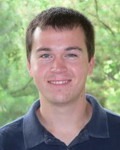 The lucky young hams who are about to embark on the ham radio trip of a lifetime are Josh Fischer, W4WJF from North Carolina. He will join the group for the first part of its operation.
The lucky young hams who are about to embark on the ham radio trip of a lifetime are Josh Fischer, W4WJF from North Carolina. He will join the group for the first part of its operation.![]()
![]()
